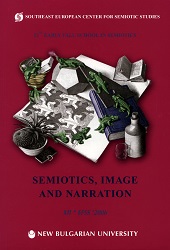
Paradise Does Not Smell of Jam of Flowers
Paradise Does Not Smell of Jam of Flowers
Keywords: Word-associations; symbol; Symbolism; Balkan;
More...
Keywords: Word-associations; symbol; Symbolism; Balkan;
More...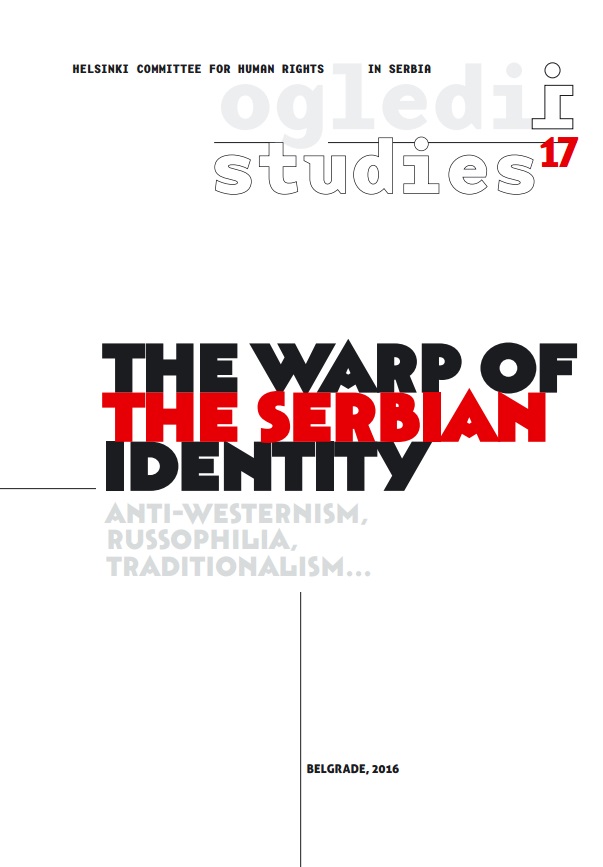
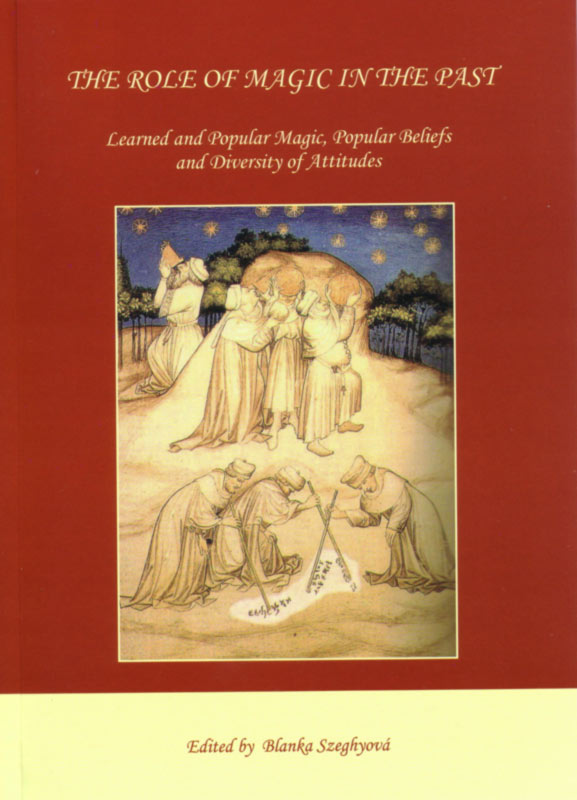
Keywords: weather; magic; early modern period; witches; witchcraft trials; maleficium; bewitchment; black magic; belief system; culture;
In the past few decades I have begun to examine the role that magic played in the lives of village and small town societies in the early modern period, in their mentality, religiosity and belief system. The examination was based on sources related to witchcraft. It is commonly known that the minutes of the witchcraft trials which took place throughout the 16th to 18th centuries are valuable sources with regard to the rural communities of the early modern period, in fact they constitute the only early modern source, which gives a detailed account of the communal role and social background of magic. The witness accounts of these trials reflect almost directly the ‘rural witchcraft’, which took place in the background of the official events and preceded these trials. Contrary to the accused, who may even have been forced by the expectations of elite demonology to make a false statement, the witnesses reconstructed the goings on of their village in the context of traditional witchcraft belief. They relate those of their memories, which can be interpreted as malefactions of a witch in the light of their beliefs. This allows us to gain what might near enough be called direct evidence regarding bewitchment (‘maleficium’) or black magic (or, in fact, its absence, as we shall see in what follows).
More...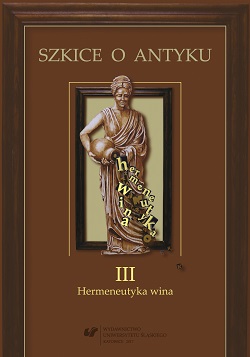
Keywords: wine; Dionysus; Orpheus; Orphics; vines
The aim of this article is to investigate the attitude of Orphics to wine in the times of Early Roman Empire (1st century BC–3rd century AD). The problem is considered from three perspectives: wine and vines as a motif in Orphic mythology, in particular in connection with the story of Dionysus (i.e., his birth and death), whom the Orphics worshipped; wine as a drink (i.e., obligation or prohibition regarding its consumption); and wine in the context of faith Orpheus’ disciples shared in life after death.
More...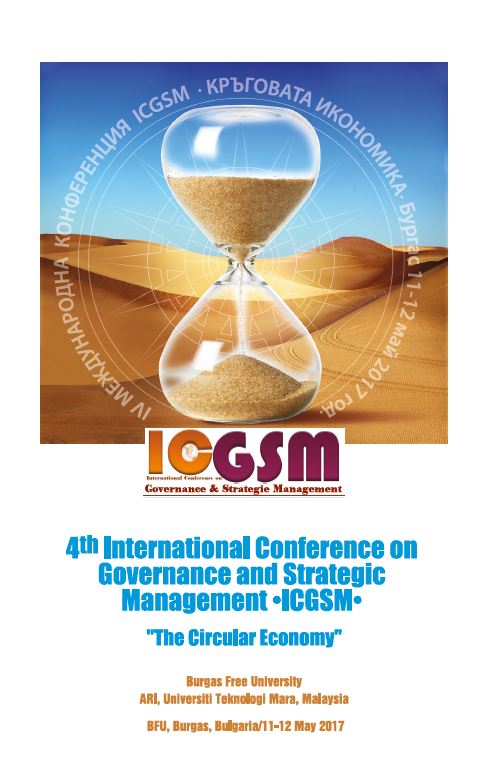
Keywords: Bulgaria; cultural distance; GLOBE
The paper displays the cultural profile of Bulgarian management and responds to the gaps in comparative studies by positioning Bulgaria in cross-cultural space. The study is based on the survey of Bulgarian managers (2014) per the GLOBE methodology and on culture distance (friction) measures for Bulgaria relative 57 countries/societal cultures. It highlights the behavior-tied profile that is low on Uncertainty Avoidance, Performance and Future Orientation , visible Collectivism and high Gender Egalitarianism; and the values-tied profile that is compatible with all-countries average scores with slightly higher indicators of Collectivism, Assertiveness, and Uncertainty Avoidance. This research distinguishes between countries that display cultural proximity to Bulgaria (East European, Latin Europe, Latin American clusters) and those with greater distance (Germanic, Asian Nordic, Middle Eastern clusters).
More...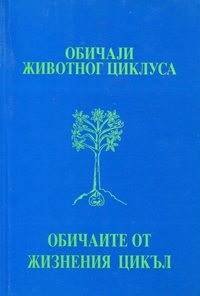
The orphanage founding is connected to a whole set of the social relations and of the social representations. This paper deals with: founding of the orphanage; the ambiguitius representations of the children born out of wedlock; relation of the traditional society toward the mother of the bastard; infanticide; believes on the destiny of the nonbaptized children soul; state’s care of the unlawfuly begotten children, abandoned infants and orphans in Serbia in last two centuries; crisis-war; rape; orphans.
More...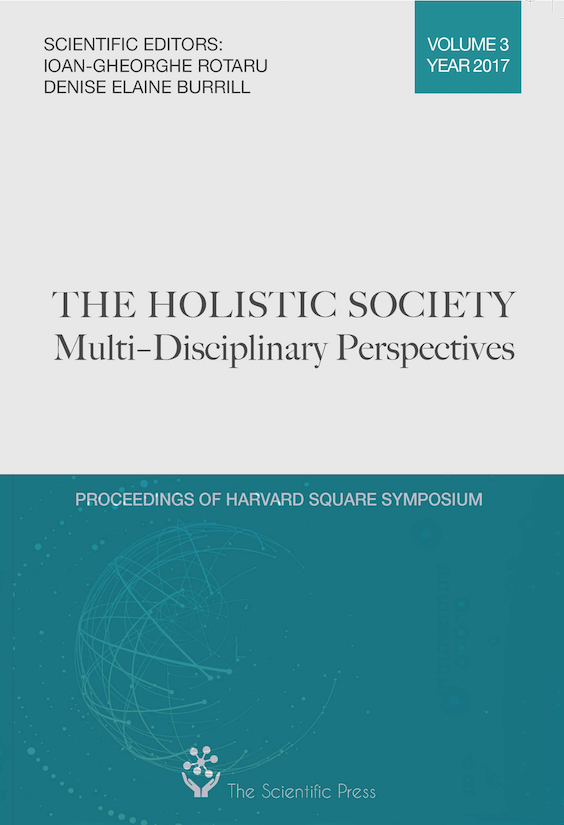
Keywords: society; church; holistic development; virtualization;
The concern about the uniformity of the population of the earth, in terms of human and fundamental rights, has become a constant concern over the past decades for the majority of politicians, particularly those from the developed countries. This reality, also known as globalization, has benefited from both sympathy and appeals. This phenomenon was taken over by Literature, Philosophy, Sociology, Theology, etc., and each field has specifically proposed different aspects of what would happen in the future. Therefore, this paper attempts to capture the phenomenon of globalization from the point of view of the holistic development of the society. The approach is critical to provoke thinking on this issue and less concluding with normative consequences. What this study adds to is that it is surprising that the approach to holistically develop the society is actually one that changes or intends to replace it. The argumentation system for this thesis is based on the evolution of some systems and the way they are used. We are talking about the theological, financial, political, psychological and social assistance system. We propose this perspective as a dialogue and as a way of directing scientific thinking to areas, considered, solved.
More...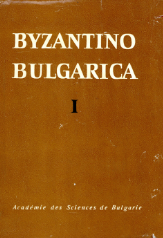
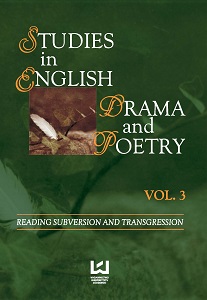
Keywords: staging transgression stories;Later Middle Ages;Divine Fiat;Truth and Justice;N-Town Plays
The Middle English Annunciation plays dramatise a heterological encounter whose stakes, Mary’s willing collaboration with God in the salvific project, can be brought to bear on both the Christian meta-narrative and the condition of women in late medieval Western society. Despite their edifying thrust, however, the Annunciation plays also stage transgression by referencing or intimating a breach of law, whose more overt forms range from recounting the story of Adam and Eve’s transgression of the divine commandment, coded in theological discourse as original sin, to the enactment of the Incarnation as transgression of natural law by divine fiat, an authorised transgression (Prosser) implicitly coded as transcendence and dramatised in the NTown Play 11 in a spectacular stage direction with a heavy dogmatic burden. I use the notions of truth regimes (Foucault) and truth formulae (Weir) to investigate the play’s less obvious unauthorised transgression (Prosser), manifest in the implicit interrogation of the Christian truth regime, i.e., the Lucan and Incarnational orthodoxy grounding the script, as it emerges from the divine debate on human redemption. Furthermore, reading the N-Town heavenly parliament with Anselm of Canterbury’s Cur Deus Homo points out the entanglements of kyriarchal truth regimes in power and the ensuing violence of representation (Armstrong and Tennenhouse). I argue that the play’s brief suggestion that the deity is overly revengeful appears itself transgressive of both contemporary theology and the secular ordo. This secondary discourse – a form of glossolalia (Certeau) – not only disrupts the naturalisation of human justice modelled on divine self-consistency but also intimates the self-legitimising drive of patriarchal discourses of worldly auctoritas.
More...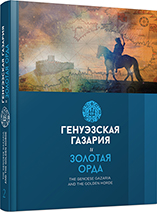
Keywords: Crimea; Genoese Gazaria; Caffa; Campania of Caffa; Soldaia; Cembalo; Consulate; historical geography; historical topography; archaeology
The article primarily focuses on the historical geography of the Crimean territories of the Genoese Gazaria. The Genoese Gazaria is the totality of the Genoese possessions on the lands of the Golden Horde, especially in the coastal areas of the Northern Black Sea, where the medieval toponym “Gazaria” was used to embrace the whole state of the Golden Horde. In general, there were no clear state borders in the Genoese Gazaria: those were coastal zones under the rule of the khans of the Golden Horde, where the Genoese would be given separate quarters in the cities and would enjoy autonomous rights, or would establish their settlements on the coast. The Crimean peninsula was an exception in this system, there the Genoese settled a whole system of cities and rural districts, with clear political and administrative borders. The domain of the Genoese on the Crimean peninsula developed into independent political and administrative system during a long and gradual process, which took a hundred years: from the origin of the main regional center in Caffa (around 1275) to 1387. The author addresses historical geography of the various administrative parts of the Genoese Gazaria on the Crimean peninsula: the rural district of Caffa, Consulates of Soldaia, Cembalo and Vosporo, and possessions on the Southern Coast of the Crimea, the Kerch Peninsula and the Tarkhankut Peninsula. He also analyzes findings of a study into the historical topography of the four fortified Genoese cities — Caffa, Soldaia, Cembalo and Vosporo.
More...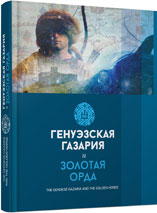
Keywords: Crimea; 14th—15th century; Medieval archaeological complexes; ceramic ware; pithos; Greek and Byzantine traditions
Studies of 14th — 15th cc. complexes on medieval sites in the Crimea (in its southern part mainly) documented presence of three groups of pithoi dated by different periods. The earliest of them were vessels of group I — locally produced thick red clay barrels. By the 15th c. they could have been in use for 500—600 years. One should not exclude possible early medieval traditions of manufacturing such vessels conserved in some regions of Taurica. Imported pithoi of group II became predominant later. They were produced and used for not more than 250—300 years. Further studies must be carried out to identify the region where vessels with such morphological characteristics originated from. The latest to appear were the so called wine jars of group III. They existed for not more than 150—180 years. Their detailed chronology and origin of forms require further investigation.It should be mentioned that the Greek-Byzantine traditional manufacturing and use of pithoi were common in the Crimea in 14th — 15th cc., and most of them seemed to have been used predominantly in wine-making. Relics of these traditions can be still marked in ethnography of peoples living in wine-making regions — Caucasus, Balkans, Pyrenees, etc. However, the Crimea lost these traditions after the Ottoman conquest.
More...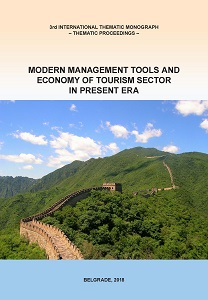
Keywords: Ethno-tourism;Rusallias;Vlachs;Eastern Serbia;Balkan Peninsula;
As a distinct type of cultural tourism, ethno-tourism represents a possible and sustainablebusiness activity that may be beneficial to the growth and recovery of underdeveloped areas in EasternSerbia. This primarily relates to areas where the tourism industry has not picked up yet, but which dohave a local cultural potential that may be used to give a shape to a cultural and artistic experienceintended not only for tourists, but also for the local community. The aim of this paper is to present theRusallia ritual as a possible form of ethno-tourism. This ritual, in which women, known as Rusallias,fall into a trance, is typical of the Vlachs native to Eastern Serbia and takes place on the Day of Pentecost.The purpose of fostering this form of ethno-tourism would be to protect and preserve intangiblecultural heritage in that region. With regard to this, the paper will analyse contemporary ethnographicresearch on this custom as well as anthropogeographic research on the Balkan Peninsula carried outby Jovan Cvijic.
More...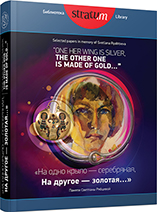
Keywords: North-West Rus’; 11th—14th centuries; small jingle bells; round pendants; chemical composition of metal; copper-based alloys;analysis;
This paper addresses chemical composition of copper-based alloy in two groups of jewelry: round pendants and small (jingle) bells. Jewelry items were excavated in the burial complexes of the North-West part of Russia (11th—14th centuries). Their chemical composition was studied by XRF and SEM-EDX methods. The results of this analysis were shown to be informative for the purposes clarification of the date and the origin of the jewelry. There is a noticeable chronological trend in tin content in the alloys of round laced pendants. Certain dissimilarity existed in some components in the small bells from different regions (“Gdov” barrows and eastern periphery of the Izhora plateau).
More...
Keywords: Old Rus; 11th—12th centuries; funerary rite; funerary costume; barrows; inhumations
The article discusses the research results of a group of several barrows with inhumations of the 11th — beg. 12th centuries (Kotorsk IX), which is part of the archaeological complex near Kotorsk village in the north of the Pskov region. The barrows were built on the edge of the burial ground with scattered cremations of the 10th—11th centuries, probably the barrows were successively associated with it. Small objects found in burials are typical of medieval Russian inhumations of the 11th — beg. 12th centuries, some ceramic forms have their own features. A number of features in the internal structure of the studied barrows correlate with the funerary rituals of the Long Barrows Culture and, probably, provide new information about the specific participation of this culture’s bearers in the formation of medieval Russian culture in the Northwest.
More...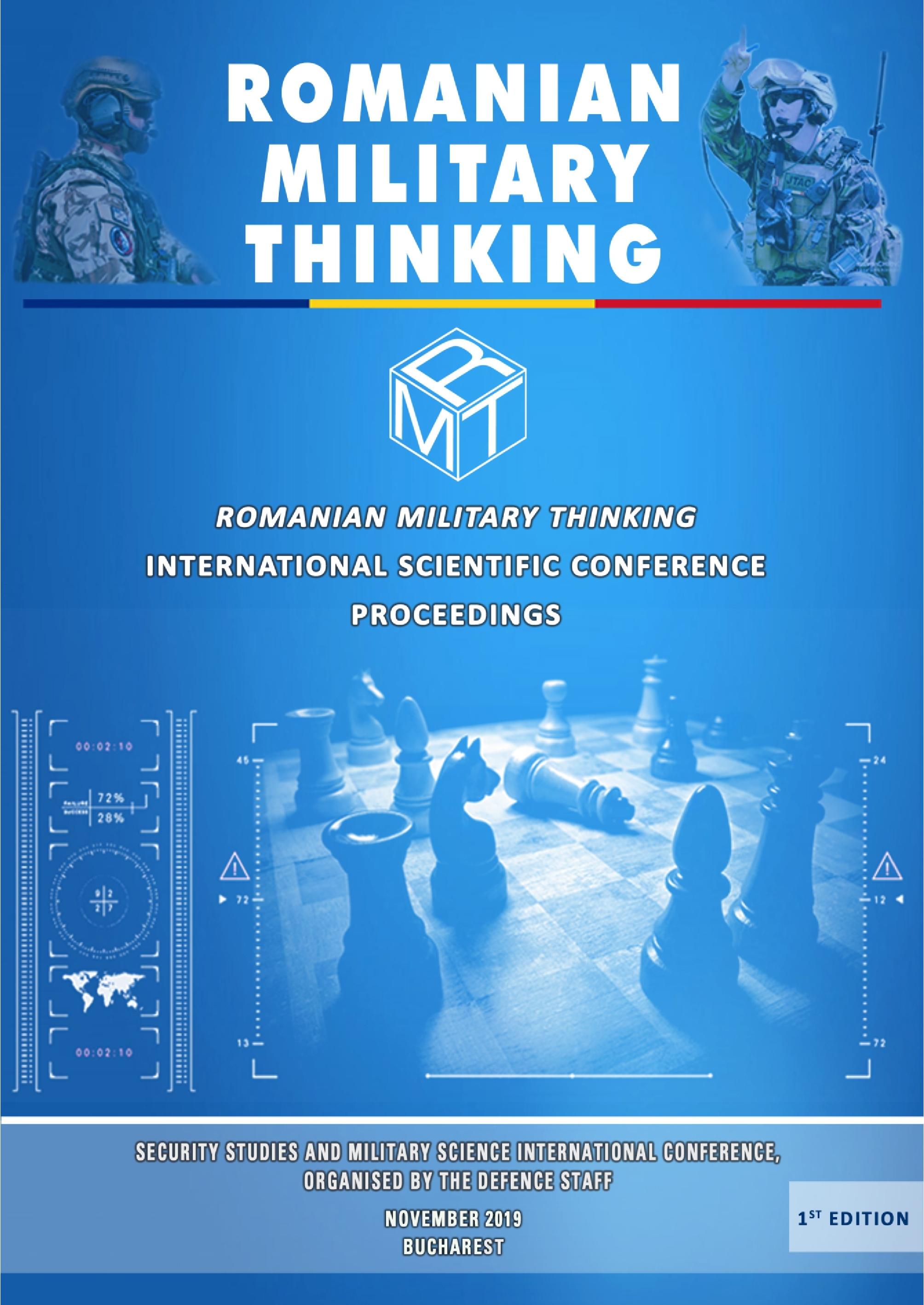
Keywords: geopolitical changes; hybrid war; frozen conflicts; economic opportunities; arms race;
The Black Sea is a security complex that has come to the fore today as a result of thegeopolitical changes in recent years. The changes have the effect of modifying the borders.Moreover, new “frozen conflicts” have emerged. The area has gained consistency in theincreased attention paid by Turkey and the Russian Federation but also by the US and NATObeing positioned on the border of Europe with Asia and with the new great Middle East. It isthe source of risks with still imprecise effects defined, having a very high destabilizing potentialwith implications that can even be global.In the past years and in the context of the changes in the policy of all the actors in the area,in the paradigm of NATO Defence, a new type of conflict, the hybrid conflict has emerged,and/or specific measures to counteract its effects have been generated. Also, a new arms racebegan with the involvement of all actors with influence and interests in the region includingRomania. We can say that Romania is in the middle of a “perfect storm”.
More...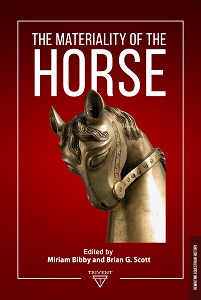
Keywords: Froissart; Debat dou cheval et dou levrier; animal dialogue; book of hunting; hippiatry; medieval pets; companion animals; human-animal relations.
Dialogues and debates between animals, or narratives that feature animals acting as human beings, have a long tradition in European literature, going back to Aesop’s fables. However, Jean Froissart’s “Debat dou cheval et dou levrier” [Debate between the horse and the greyhound] is different in that it presents the discussion from the animals’ point of view. The two companion animals debate the advantages and disadvantages of each other’s position, considering such issues as duties, capacities to perform their respective duties, rewards and punishments, feeding, as well as general and medical care accorded to the horse and the greyhound. Unsurprisingly, each animal argues that the other’s burden is lighter and the benefits are more bountiful, at the same time highlighting one’s own hardships and obligations. The article examines the information provided by each animal in light of other evidence from literature, hippiatric treatises and hunting books as well as illuminations to elucidate Froissart’s representation of the lives of the horse and the greyhound and the animals’ relations to their human owner.
More...
Keywords: Alexander I, King of Scotland; Scotland; St Andrews; Arabicus; foundation; Arabian; horse; oryx;unicorn;
In 1121, Alexander I, King of Scotland, is said to have donated an equine (“donationis monumentum regium equum Arabicum”) to the church at St Andrews along with other rare and costly gifts. It was led to the altar during a ceremony that reinforced the status of St Andrews as a religious center and emphasized its relationship with the Scottish crown. Some modern commentators take it to be the first reference to an Arabian horse in Britain. There is no further reference to an Arabian horse as an “equus Arabicus” for several hundred years. What animal was presented at St Andrews?
More...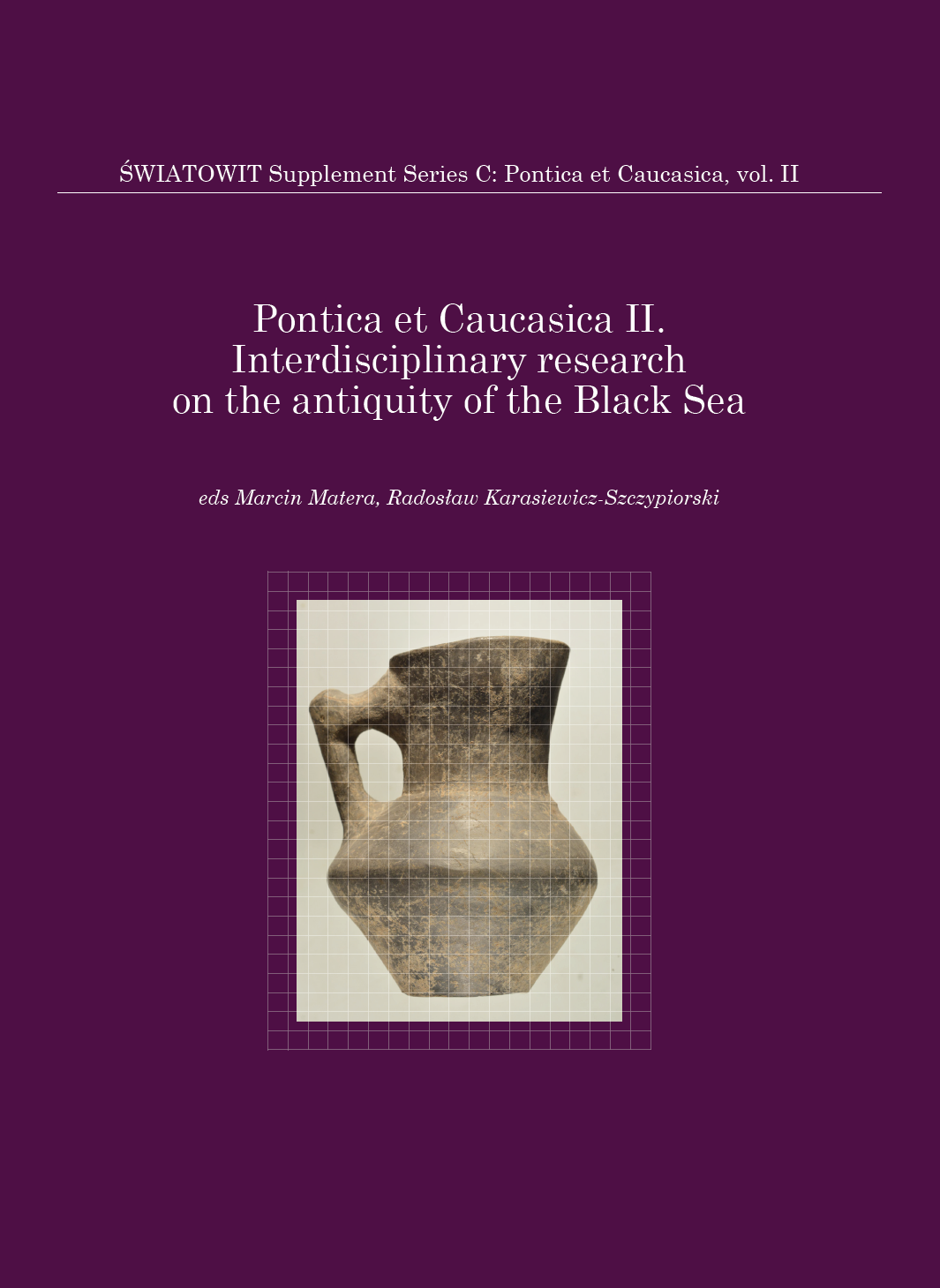
Keywords: Klearchus of Pontica; Philip of Macedon; religion; ruler cult; deification
The aim of my article is to compare how sources describe the actions of Clearchus, tyrant of Heraclea Pontica (365/4–353/2 BC), and those of Philip II of Macedonia (360/59/58–336 BC) that may appear as attempts to create religious cults of themselves. With regard to Philip, I have founded my work here on interpretation of the sources and results of my research, which I included in my PhD thesis „Religion in the policy of Philip II of Macedonia”. They primarily refer to events in the final period of his life: from his participation in the Fourth Sacred War and Battle of Chaeronea until his assassination in Aegae/Aegae. The comparison will reveal: – significant similarities (eg. both statesmen referred to the same gods: Zeus, Dionysus and Heracles); – the possibility that Clearchus influenced Philip (eg. in the year preceding the outbreak of the Fourth Sacred War, Philip carried out military operations in the area of Scythia and eastern Thrace as well as Propontis). These similarities were not necessarily the result of influence and/or inspiration, but rather a kind of signum temporis, which was reflected in the way in which ancient historians wrote about Clearchus and Philip.
More...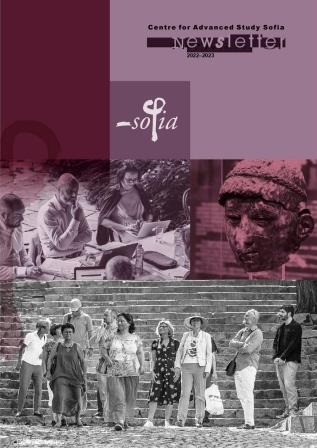
Articles, pictures and interviews can be reprinted only with the consent of the publisher.
More...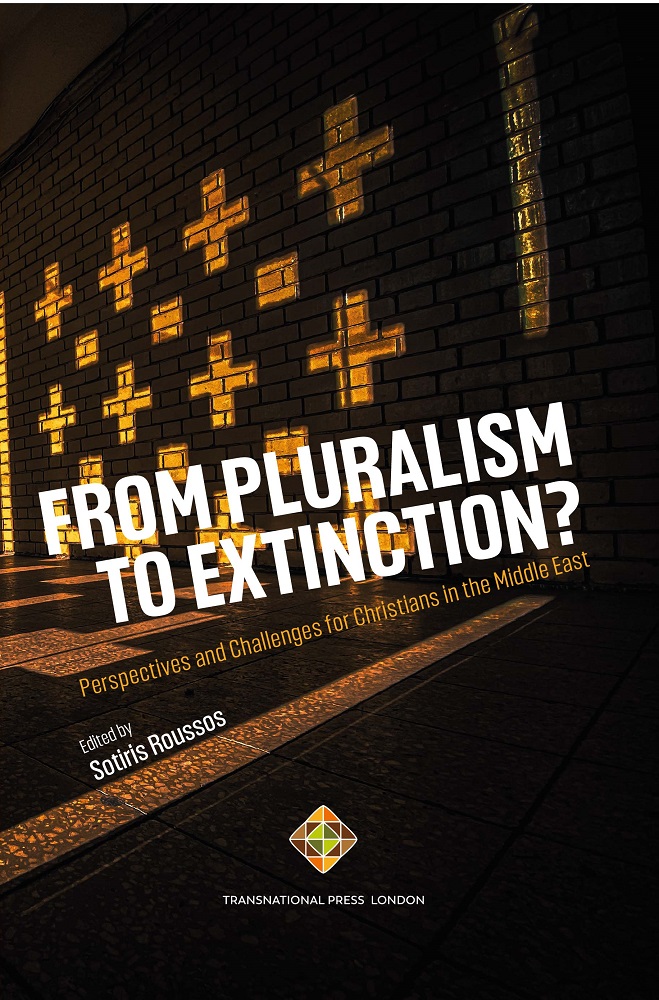
Keywords: Christianity; The Modern Middle East; Current Situation; Future Challenges; Christian; Middle East; Ottoman Empire;
Christian presence across the Middle East (West Asia) region is facing a variety of acuate challenges which are increasingly considered as existential. In terms of history the current situation might be considered similar to that faced by Eastern Christianity as a consequence of the geopolitical changes in the late period of the Ottoman rule including World War I, the Armenian Genocide, the Syriac Sayfo, and the displacement of the entire Eastern Orthodox population during the early 1920’s with the establishment of the modern states of Greece and Turkey. With the collapse of Ottoman Empire, the wider geopolitical and ecclesial situation significantly changed across Europe, Russia and the former Ottoman territories directly having an impact upon Eastern Christianity this included the Bolshevik Revolution which brought about the near destruction of the Russian Orthodox Church. This in turn severed the historic ties with Eastern Churches in the Middle East until after World War II. In the aftermath of these traumatic events determined efforts were made by the Christian communities in the region to rebuild the Eastern Orthodox, Armenian and Syriac and the Eastern Catholic churches in the context of new nation-states and mandatory governance in the interwar Middle East. World War II followed by the imposition of Communist rule in the Eastern European states and the Cold War impacted upon all Eastern Christians in the Middle East. Regional conflict across the Middle East also felt upon all Christians from the Arab–Israeli conflict in the post war era to conflict in Iraq and Syria, the effects of war have challenged Christianity in the Middle East to the point that many are concerned for its survival. This has included the forced displacement and emigration of Christian from across the entire region. It is critical to understand the dynamics of Christian emigration from the Middle East, the first phase of which began in the later part of the nineteenth century and continued until World War I. During that time, thousands of Christians left the Ottoman Empire in search of economic opportunities, including greater religious freedom and political tolerance. After World War II, socio-economic factors continued to influence the emigration of Christians and to a lesser extent, of non-Christians. In the post-independence period, from the late 1940s to the present time, Christian emigration continued to rise, primarily due to economic insecurity but also due to political instability and military conflicts: the 1948 Palestinian–Israeli conflict, the Lebanese Civil War (1975–1990), the Islamic revolution in Iran, and the series of wars in the Persian Gulf—the Iran–Iraq War (1980–1989), the First Gulf War (1990–1991), and the US lead invasion of Iraq, which began in 2003. To this should be added the Russian Federations invasion of the Ukraine in February 2022 which has an impact on the Eastern Christian churches in the Middle East sharpening relations between the Patriarchates of Constantinople and Moscow and allowing for an increasing influence by the various states in the region on ecclesial affairs in a changing geopolitical situation. Patriarch Sako of the Chaldean Catholic Church centred on Iraq stated “The world economic crisis and the global situation marked by the Russian military invasion in Ukraine are also having serious effects on the network of charitable and social works promoted by the Churches in the Middle East. This circumstance is driving the exodus of Christians from the region of the world where Jesus was born, died and rose again.”
More...